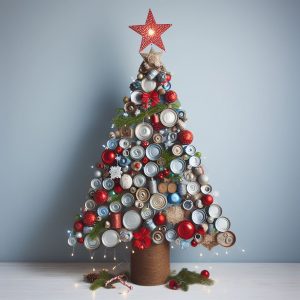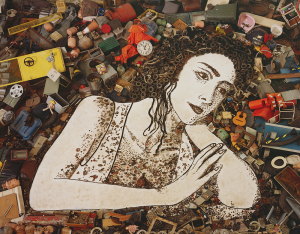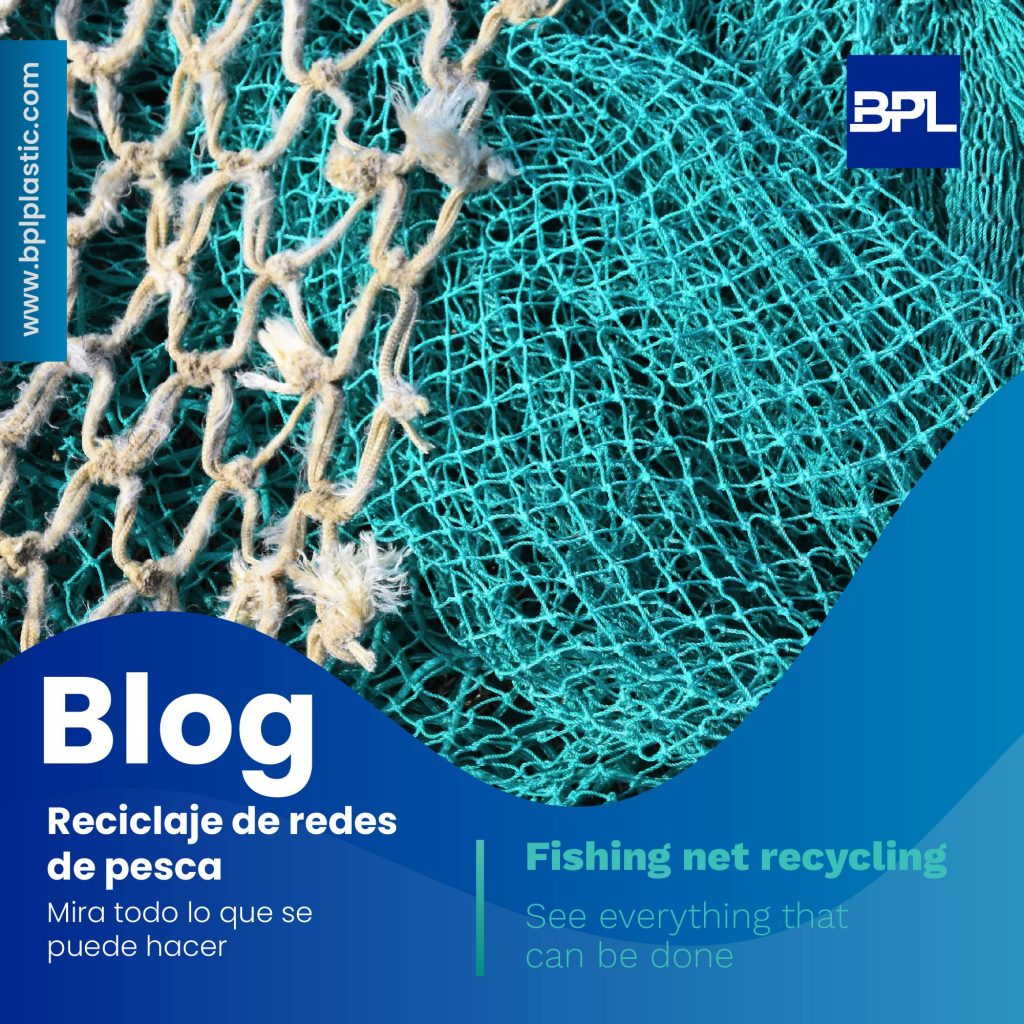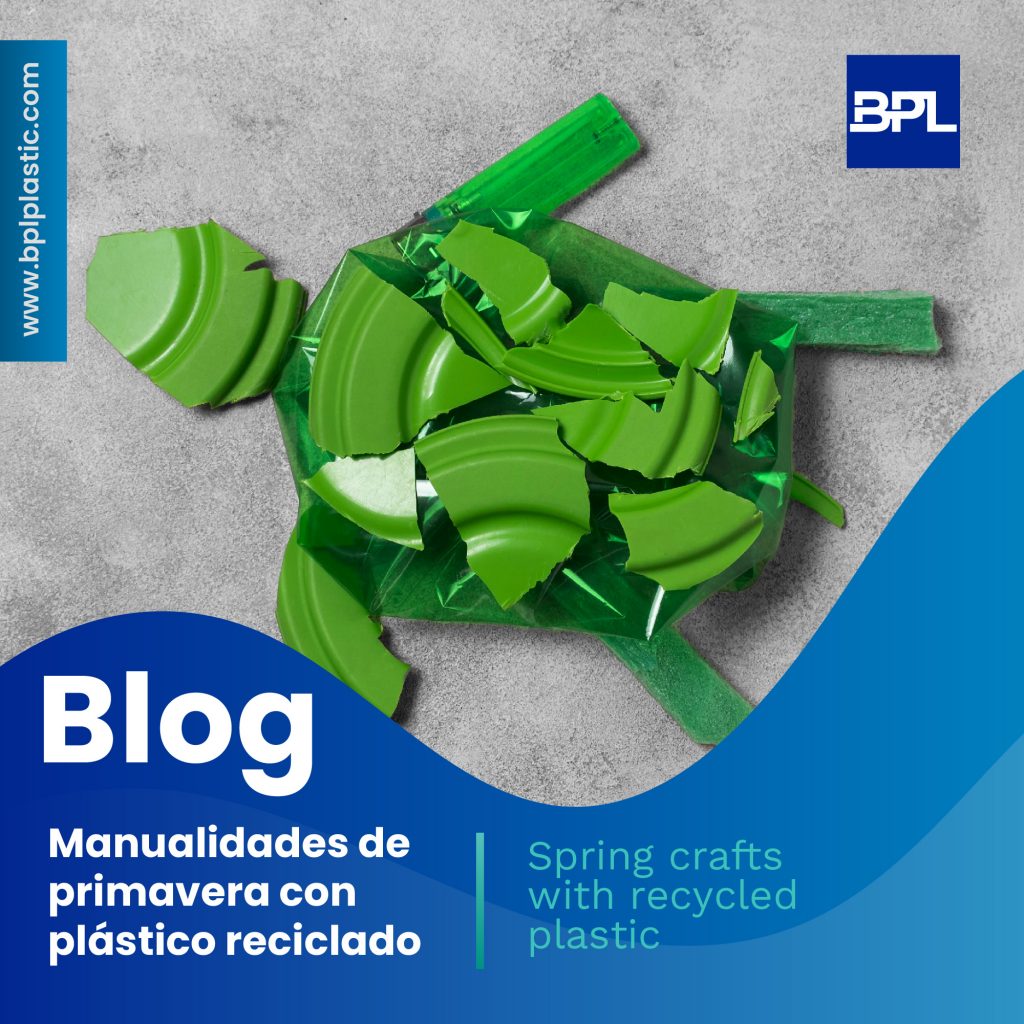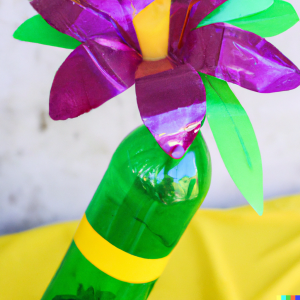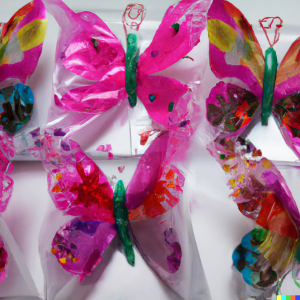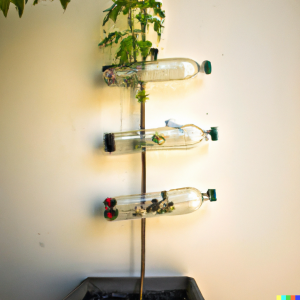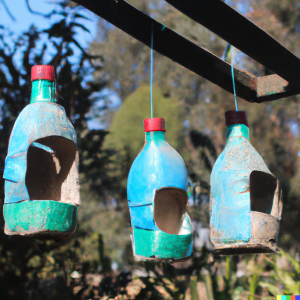Summer vacation is a time of relaxation for most.
However, they can also lead to a significant increase in the amount of waste generated.
From disposable plastic packaging to souvenirs and gifts, it’s easy to accumulate a lot of waste.
As we prepare to get back into the routine after the summer holidays, it is essential to maintain and reinforce our recycling habits at home.
Here we offer you some tips to do it effectively.
Purposes to recycle after the holidays
1. Waste Classification:
The first step to effective recycling is the proper classification of waste.

Make sure you have separate containers for paper, cardboard, glass, plastic and organic waste.
This will facilitate the recycling process and ensure that recyclable materials are not mixed with non-recyclable waste.
2. Plastic Reduction:
During the holidays, it is common to use plastic containers for fast foods and drinks.
After the holidays, try to reduce your plastic consumption.
Opt for reusable containers instead of disposable bottles and containers.

Not only will this reduce the amount of waste you generate, but it will also help combat plastic pollution.
3. Creative Reuse:
Before getting rid of items you no longer need, consider whether they can have a second life.
Glass bottles, for example, can become beautiful decorative lamps.
Plastic containers can be used to store food or as pots for plants.

Creative reuse can help you reduce your carbon footprint.
4. Composting:
If you have organic waste, such as food scraps, fruit and vegetable peelings, consider starting composting at home.
Composting is a great way to reduce the amount of waste that ends up in landfills while creating a natural fertilizer for your plants and garden.
5. Family Education:
Involve the whole family in the recycling process. Teach them the importance of properly sorting waste and reducing plastic consumption.

You can turn it into a family game or challenge to make it more fun and motivating.
6. Electronic Recycling:
If you purchased new electronic devices or threw away old ones during the holidays, be sure to recycle them properly.
Electronics contain valuable components and harmful substances that must be managed properly.
Check electronics recycling locations in your area.
7. Selective Collection Program:
Find out about the selective collection program in your community.
Cities often offer collection services for recyclables, such as paper, cardboard, glass and plastic.

Make sure you actively participate in these programs.
8. Responsible Purchase:
The key to reducing waste is making responsible purchases.
Before purchasing a product, consider its durability and whether it is recyclable or not.
Opt for products with less packaging and look for sustainable alternatives.
9. Donations:
If you have items that you no longer need but are in good condition, consider donating them instead of throwing them away.

This not only reduces the amount of waste, but can also help those in need.
10. Maintain Consistency:
Recycling shouldn’t just be a post-vacation habit.
You must maintain it throughout the year.
Set reminders and remain consistent in your efforts to care for the environment.
After the summer holidays, it is important to reflect on our consumer habits and their impact on the planet.
By following these tips and maintaining a constant commitment to recycling, each of us can contribute significantly to the conservation of the environment and the creation of a cleaner, more sustainable world for future generations.




